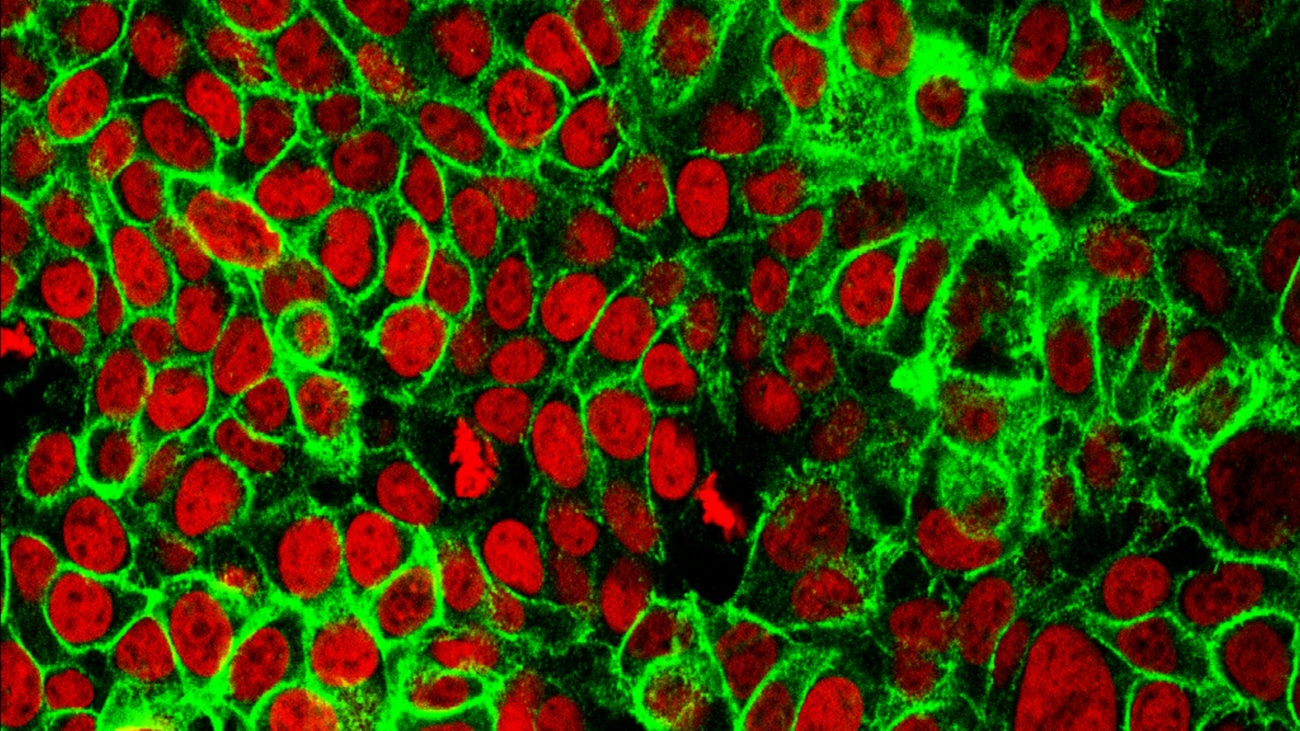In the rapidly evolving landscape of healthcare, one of the most pressing challenges is combating infectious diseases that continually mutate and adapt. Traditional vaccine development, while effective, often lags behind these ever-changing pathogens. Enter adaptive vaccines—a revolutionary concept that leverages artificial intelligence (AI) to predict pathogen mutations and dynamically adjust vaccine compositions. This article explores the technology behind adaptive vaccines and the management strategies essential for bringing such cutting-edge projects to fruition.
Adaptive Vaccines: How They Work
Adaptive vaccines represent a significant leap forward in immunization technology. Unlike traditional vaccines, which are static and based on the known strains of a pathogen at the time of development, adaptive vaccines are designed to evolve in response to new mutations.
Key Technological Aspects:
- AI-Powered Prediction Models: AI algorithms analyze vast datasets of viral genomes, identifying patterns and predicting potential mutations. These models are continually updated with new data to refine their accuracy.
- Real-Time Genomic Surveillance: Continuous monitoring of pathogen genomes from global databases and local health organizations enables real-time detection of emerging strains.
- Dynamic Vaccine Formulation: Based on AI predictions and genomic surveillance, the vaccine composition is adjusted dynamically. This may involve synthesizing new antigenic components that match the predicted mutations.
- Rapid Manufacturing Techniques: Advanced biomanufacturing technologies, such as mRNA platforms, facilitate the quick production of updated vaccines, ensuring timely distribution in response to new pathogen variants.
Managing Adaptive Vaccine Projects
Developing and deploying adaptive vaccines involves complex, multidisciplinary project management. Effective management is crucial to navigate the scientific, logistical, and regulatory challenges inherent in such innovative projects.
Key Management Strategies:
- Interdisciplinary Collaboration: Bringing together experts in AI, genomics, immunology, and biomanufacturing is essential. Establishing a collaborative framework that fosters open communication and knowledge sharing is vital for project success.
- Agile Project Management: Given the dynamic nature of adaptive vaccines, an agile project management approach is beneficial. This involves iterative development cycles, regular reassessment of goals, and flexibility to adapt to new data and findings.
- Regulatory Navigation: Working closely with regulatory bodies to ensure compliance with evolving standards and guidelines is critical. Developing robust data-sharing protocols and transparent reporting mechanisms can facilitate smoother regulatory approvals.
- Stakeholder Engagement: Engaging stakeholders, including healthcare providers, public health organizations, and policymakers, is essential. Regular updates and collaborative planning ensure that the deployment strategies align with public health goals.
- Scalability and Distribution: Planning for scalability is crucial to meet global demand. This includes developing scalable manufacturing processes and robust distribution networks. Leveraging partnerships with global health organizations can enhance distribution efficiency.
- Data Security and Privacy: Ensuring the security and privacy of genomic data and AI models is paramount. Implementing strong cybersecurity measures and data governance frameworks protects sensitive information and maintains public trust.
- Continuous Monitoring and Feedback: Establishing systems for continuous monitoring of vaccine efficacy and safety post-deployment allows for real-time adjustments and improvements. Feedback loops involving healthcare providers and patients can provide valuable insights for ongoing optimization.
Case Study: Hypothetical Implementation in India
Imagine implementing an adaptive vaccine project in India, a country with diverse genetic populations and varying healthcare infrastructure. Here’s how the project might unfold:
- Initial Phase: Form a consortium of AI researchers, genomic scientists, immunologists, and public health officials. Develop AI models using global and local genomic data to predict pathogen mutations.
- Development Phase: Utilize mRNA technology to create flexible vaccine platforms that can be rapidly adjusted. Set up genomic surveillance systems in collaboration with regional health authorities.
- Regulatory Engagement: Work with Indian regulatory bodies like the Central Drugs Standard Control Organization (CDSCO) to streamline approval processes for adaptive vaccine components.
- Manufacturing and Distribution: Partner with local biotech companies to scale up manufacturing. Develop distribution plans tailored to reach both urban and rural populations, leveraging existing healthcare networks and innovative delivery methods.
- Deployment and Monitoring: Launch vaccination campaigns with continuous monitoring for efficacy and safety. Utilize mobile health technologies to gather real-time feedback from diverse regions.
- Iteration and Improvement: Based on monitoring data and new genomic insights, iteratively improve the vaccine. Engage in regular dialogue with stakeholders to align efforts with public health objectives.
Conclusion
Adaptive vaccines, powered by AI and real-time genomic surveillance, represent a groundbreaking advancement in the fight against infectious diseases. Successfully developing and deploying these vaccines requires sophisticated project management strategies that embrace interdisciplinary collaboration, agility, regulatory compliance, and stakeholder engagement. By harnessing these strategies, we can ensure that adaptive vaccines not only keep pace with evolving pathogens but also enhance global health security and resilience.

